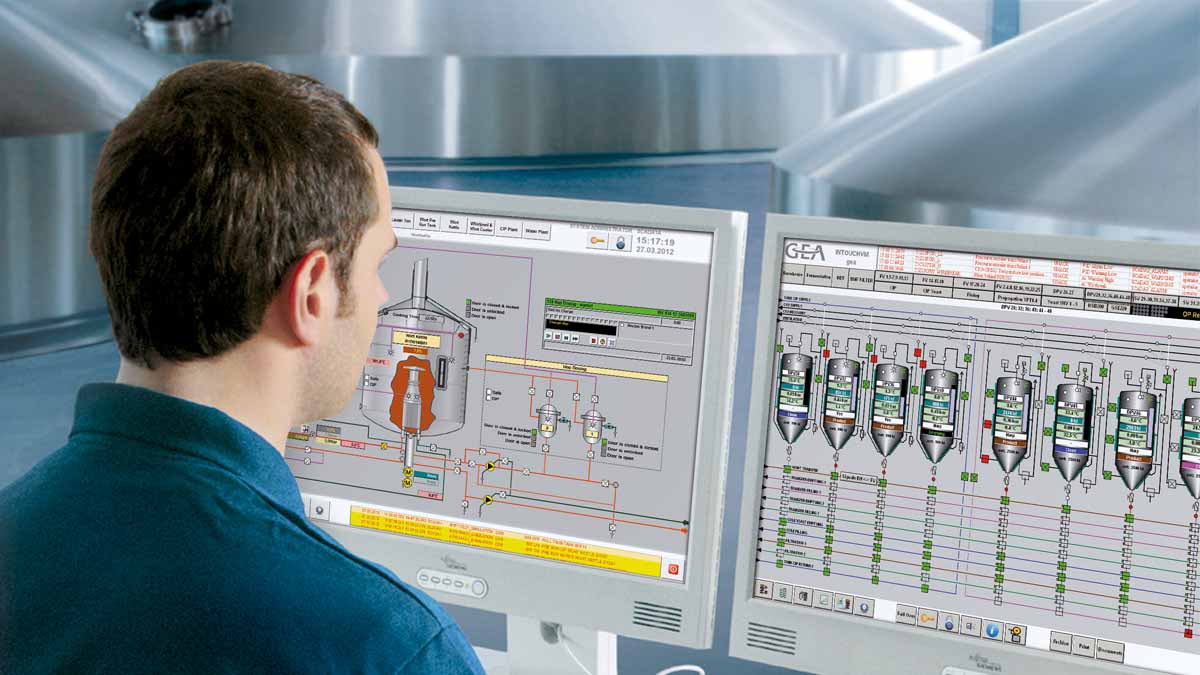Businesses rely on a data centre’s reliability to ensure their daily IT operations are functioning properly. Over the past few years, servers have become more robust, and data centre designers are more capable of maximising the amount of servers containers in a data centre. Data centres are classified into several types, including Enterprise, Colocation and Hyperscale.
Hyperscale Data Center stores more IT equipment with lesser space. It allows digital platforms to transfer and store data more efficiently. Here is what you need to know about Hyperscale data centres.
Table of Contents
What is Hyperscale data centre?
A Hyperscale Data Center is a facility operated and owned by the company it supports, including giant companies like Microsoft, Apple, Google and AWS. It provides a sturdy, storage portfolio of portfolios and scalable applications to businesses and individuals. Hyperscale computing is required for big and cloud data storage.
A Hyperscale data centre has anywhere from five hundred cabinets upwards, and a minimum of ten thousand square feet in size. It typically has at least five thousand servers connected to an ultra-high-speed, high-fibre count network. It might utilise outside companies on initial fit-out before maintaining internally.
Hyperscale’s size
The term hyperscale is described as a computer’s architecture’s capacity to scale to respond to growing demand. Computers depend on resources within a given set of nodes or nodes. Scaling certain part of the computer architecture usually means increasing the computing capacity, memory, storage resources or networking infrastructures.
Scaling aims to keep building a robust system, whether it revolves around the big data, cloud or distributed storage or a combination of all three. However, hyperscale does not only refer to the capacity to scale but also the capacity to scale rapidly and massively.
Generally, companies handle hyperscaling in three stages:
- In the distribution systems and physical infrastructure which support data centres
- In the capacity to scale computing jobs
- In the companies’ revenue sources and financial power which need such hyperscale systems
How to hyperscale
A few foundations are required for a hyperscale data centre to run effectively. The following features are found across every Hyperscale Data Center and are necessary for every operation:
-
High-density server racks:
Properly designed server racks are vital for a functioning hyperscale centre. Many data centres customised their racks to fit the hardware they want to use. Data centres need to build them as high as possible to maximise space usage.
-
An elevated level of cooling:
Tall racks in a dense area need powerful innovation in cooling. Most data centres possess an HVAC system which delivers cold air from beneath the floor into cool aisles and drains out hot air from the hot aisles. The hot air will be cooled and recycled outside the server room. While the process seems simple, these HVAC system types occupy a lot of space. Hence, fitting everything flawlessly takes a lot of work when attempting to maximise space for servers simultaneously.
-
Plenty of power:
Data centres usually utilise a certain amount of electricity that could power up an entire city. Fortunately, energy becomes more efficient within the past few years, allowing data centres’ power consumption to grow slowly.
-
Space and security:
In the data centre world, security goes hand-in-hand with space. Being far apart from foot traffic enables security to better trace who is close to the area and shield it from potential thieves’ minds and senses. Since hyperscale centres hold a plethora of sensitive personal and financial details which the owners are liable to safeguard, each piece of the property is created to mitigate the risk of being attacked by a malicious invasion.
Conclusion
Hyperscale data centre is the answer to increasing demand for data storage, management and quick retrieval in the worldwide internet of things. It reshapes the IT landscape and enables cloud-based businesses to maintain global importance in a competitive industry.




